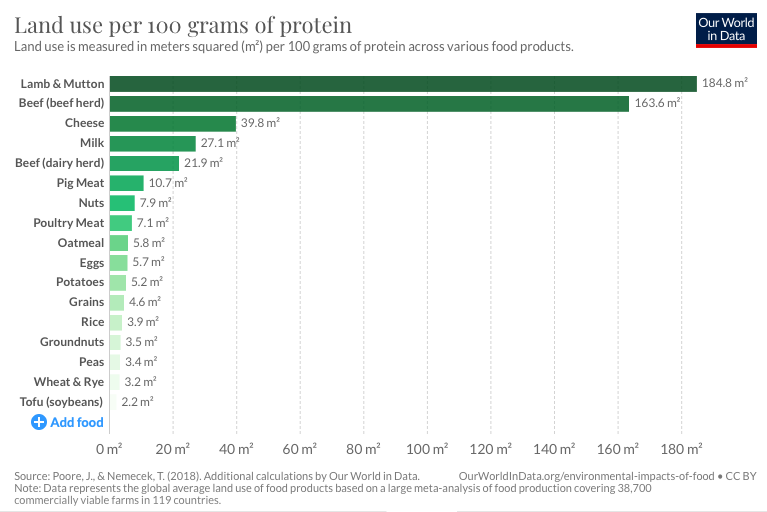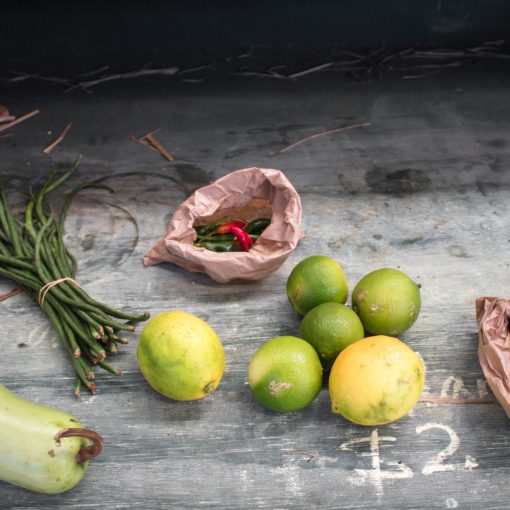Did you know that forests can absorb around 25% of our yearly CO2 emissions and store more than half of Earth’s terrestrial carbon?
Indeed during photosynthesis, trees absorb CO2 and water to grow and release O2. The carbon from the CO2 becomes part of the plant and is stored in the wood. This is why living forests are called “carbon sinks”.
When the plant dies or is being cut off, the carbon it was storing is then released into the atmosphere.
On top of that, forests are amazing ecosystems where diverse species are florishing. They also help to regulate the temperature and humidity of the atmosphere, supply waterways with clean water, provide indigenous populations with food, medicine, etc.
That is why it is so important to protect and restore them. You will find below some concrete tips to help you protect and restore forests.
1/ Support forests protection and reforestation projects
There are some great organisations out there working to protect forests. Ian Shimizu, the founder of weMORI, has just successfully completed a crowdfunding to build an app that will help you to support some great forests protection and reforestation initiatives across the globe.
Planting a tree to compensate our carbon emissions has become trendier over the last decade, but it is sometimes challenging to identify projects that are truly restoring and protecting forests’ ecosystems. Indeed, restoring forests is not just about planting trees, but also making sure the right species are planted in the right places to ensure a healthy forest and balanced local ecosystem.
Bringing back transparency to these actions is what weMORI will help us do!
2/ Move to a plant-based diet
Our diet actually has a crucial impact on deforestation as forests are being destroyed with patches of land to grow livestock or crops to grow feeds for them.
In comparison, 100g of beef needs 64 times land than 100g of tofu. Lots of people are worried about the nutritional value of tofu in comparison to meat and especially proteins. Tofu is actually an amazing source of protein and a great alternative to meat. Indeed, 100g of tofu gives you around 17g of proteins which is only a little less compared to beef for which you get around 24g of protein for 100g. As you can see, eating a plant-based diet is much for efficient in terms of land use.
During a previous Conversations with green changemakers in Japan, we had the chance to talk to Noriko Shindo, the co-founder of Veggino, and she has shared some great tips on how to move to a plant-based diet in Japan.
3/ Avoid palm oil
As it is very cheap, palm oil is used in a lot of consumer goods products such as potatoe chips, industrial cookies, but also shampoo, soaps, etc. and is responsible for deforestation in various countries especially in South East Asia.
You can check product labels to see if they are using palm oil (パーム油). However, it is not always easy to get full transparency on food labels in Japan and you may often come across vegetable oil (植物油) in ingredient lists. These don’t specifically mention palm oil but they could well be using some.
Some makers might claim to be using sustainably sourced palm oil, but there is a lot of controversy on whether it is actually helping the deforestation issue.
So, what can you do about it?
My recommendation is to avoid processed foods, industrially-made cookies (or check the labels carefully) and look for alternative personal care products. Instead, you can bake your own cakes, visit you local bakery and bento makers, or start batch cooking!
4/ Consume local products
Some products, such as coffee or cocoa, are sometimes responsible for deforestation as forests are replaced by crops to grow these popular products. Rainforest Alliance certify products they consider grown in a sustainable manner.
Another example is avocados. The demand has exploded over the last few years with the trend of superfoods, and patches of forest are being replaced by avocado crops. While avocados have contributed to the economic growth of countries such as Mexico, it has also caused some damage to the local ecosystems with every year between 6000 to 8000 hectares of deforestation driven by avocado orchards.
As a general rule, try to prioritise consuming local foods and avoid buying products that are coming from developing countries. When you want to consume these exotic products, check for local producers (国産) and if you can’t find any, look for Fairtrade products that will at least ensure the local producers have been paid fairly.
Did you know that you can find Japanese avocados on Pocket Marché or Tabechoku? And yes, the price is higher than South American avocados, but this is an investment in the future of our planet!
5/ Save paper
There are many ways you can save paper, see below a few tips.
- Print only when necessary and if you have to do so print on the 2 sides of the paper.
- Add “チラシおことわり” on your letter box to avoid getting unwanted adverts.
- Refuse flyers and tissues that are given away for free in the streets.
- Reuse receipts, used enveloppes, etc. as scrap paper instead of using a pristine sheet of paper.
When buying paper-based products, try to opt for ones made from recycled paper. If this option is not available, look for the ones which are FSC certified. This means that the paper that was used for these products comes from forests that have been managed in a way that preserves their biodiversity and is non detrimental to local populations. This label is not perfect and there are sometimes wrongdoings by unethical companies, but this is better than nothing.
I hope all these tips were useful to you!
What have you already implemented in your daily life to limit your deforestation impact?




